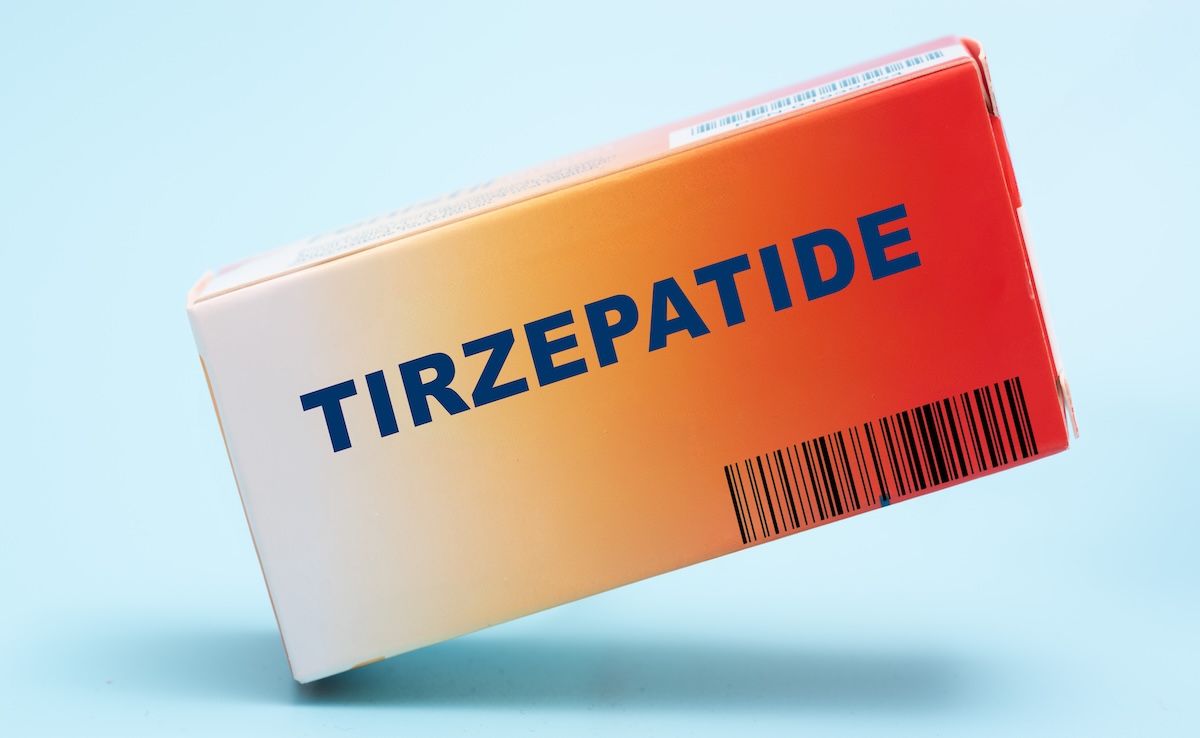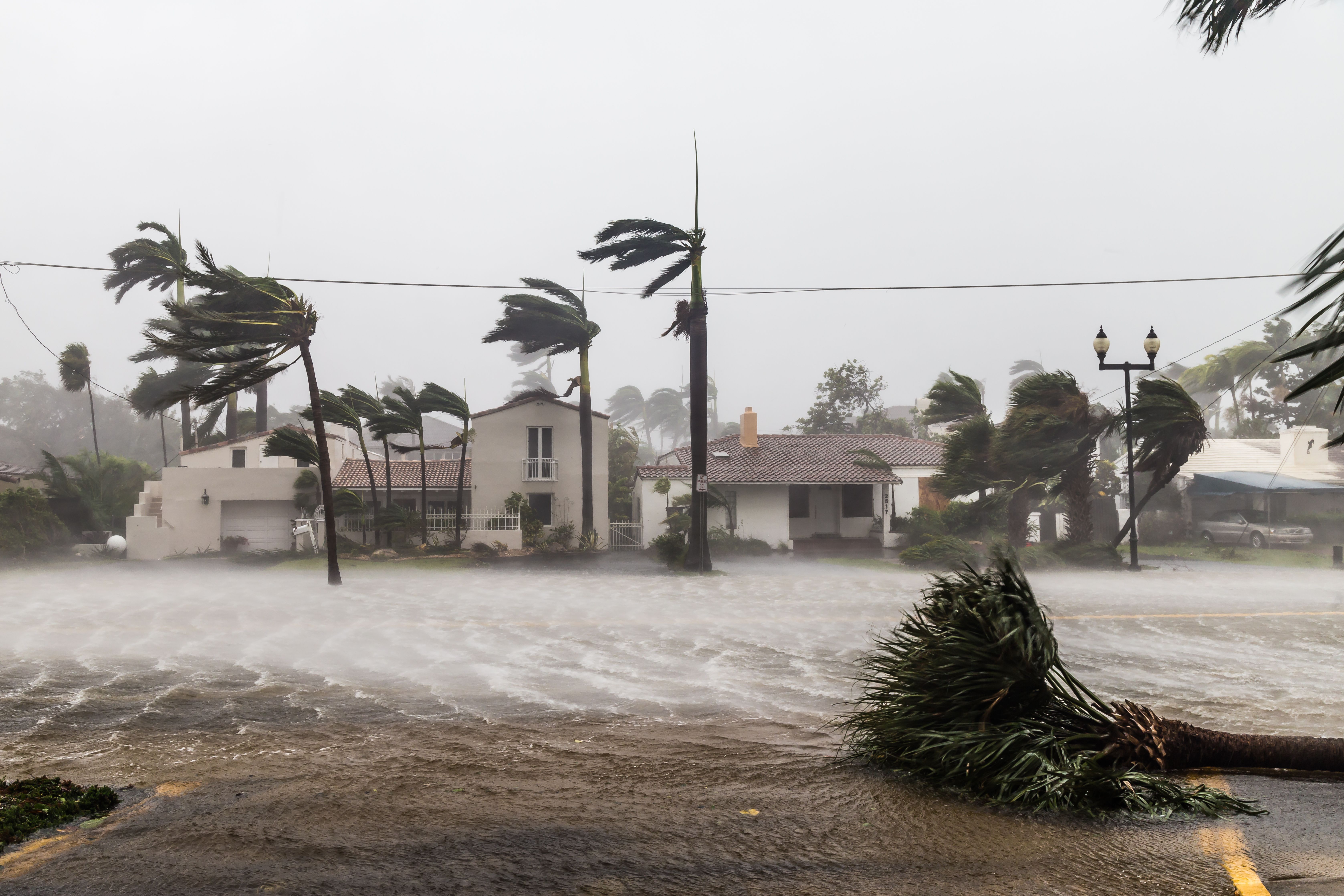Article
Mortality Risk Appears to Spike in Winter Among Patients With Cold Agglutinin Disease
Author(s):
Patients with cold agglutinin disease faced a 4.5-times greater risk of death during winter months, new data show.
The risk of death from cold agglutinin disease (CAD) appears to change from season to season, according to a new report, with patients experiencing the highest mortality rates in winter. The report follows an earlier study suggesting that symptoms of the disease persist year-round. Taken together, the 2 reports add a layer of complexity to scientists’ understanding of the condition.
Back in November, investigators published a study in Transfusion showing that patients with CAD experience persistent chronic hemolysis, thromboembolism risk, and health care resource utilization (HRU) throughout the calendar year. Only lactate dehydrogenase (LDH), one of the parameters the authors studied, appeared to vary significantly by season. LDH was shown to be higher in spring and winter compared with summer, but they said that difference did not appear to correlate with differences in patient outcomes.
“These data suggest that the systemic burden of complement-mediated hemolysis, anemia, thromboembolism risk, and HRU in CAD persist year-round and patients with CAD warrant close monitoring irrespective of the season,” they wrote.
The new data, also published in Transfusion, complicate the issue. In it, authors noted that despite the findings of the earlier report, they observed a significant seasonal variation in incidences of CAD diagnosis in Denmark, Norway, and Italy. Thus, although the earlier data suggest that symptoms are year-round, the present diagnosis data imply that symptoms might become more aggravated or clinically overt in winter.
The authors of the present study decided to test that premise by seeing whether mortality varied by season among people with CAD. They noted that other acquired hemolytic diseases do not appear to have seasonal mortality variations.
The investigators used a Danish national health registry database to identify 114 patients with CAD who received their diagnosis between 1994 and 2016. In addition, they identified 5311 age- and sex-matched comparators from the general population. They also constructed a cohort of 2889 patients with autoimmune hemolytic anemia (AIHA) that was diagnosed between 1980 and 2016, along with 143,269 comparators.
When the investigators compared patients with CAD to the general population, rates of death were similar in spring and autumn. “However, winter was associated with a 4.5 (95% CI, 2.00-10.08) times increased risk of death, adjusted for age, sex, and year of diagnosis,” the authors said. Without adjusting for those factors, the risk of death during winter was 3.2 times higher (95% CI, 1.43-7.18).
No similar finding was observed in the AIHA group.
“Our results indicate that CAD is associated with an increased risk of death during the colder months,” the authors concluded. “However, our observational data does not allow for a direct causal inference.”
They speculated that the heightened death risk might be due to general frailty among elderly patients with CAD or to an increased risk of infection in winter.
The authors cautioned that their cohort was small and there was insufficient biochemical data to fully elucidate potential causes of mortality. They said additional research should be conducted, including research looking at death rates in different geographic areas.
Reference
Hansen DL, Möller S, Berentsen S, Frederiksen H. Mortality in cold agglutinin disease shows seasonal pattern. Transfusion. Published online May 9, 2022. doi:10.1111/trf.16894





